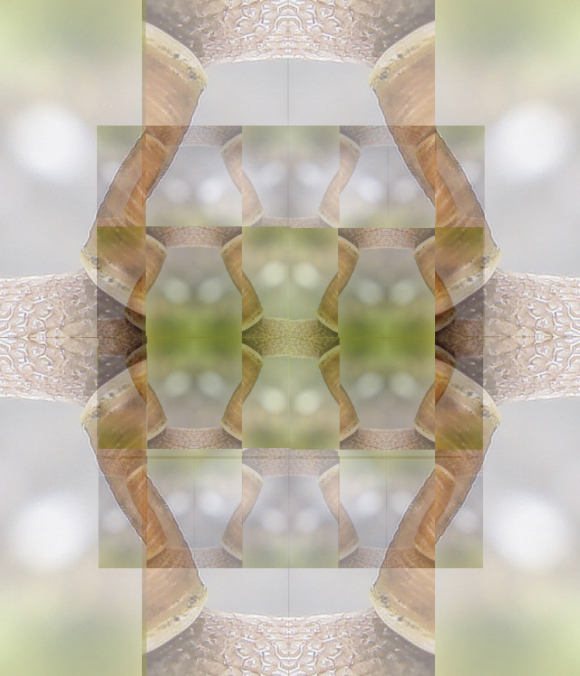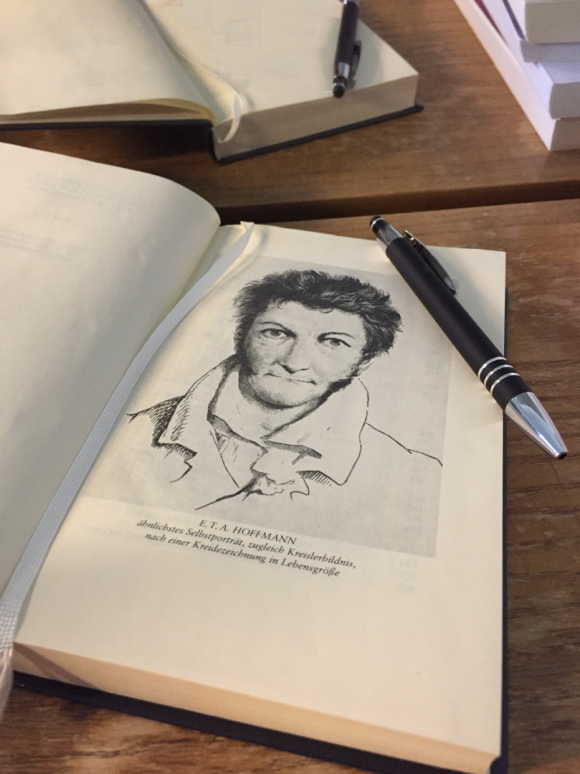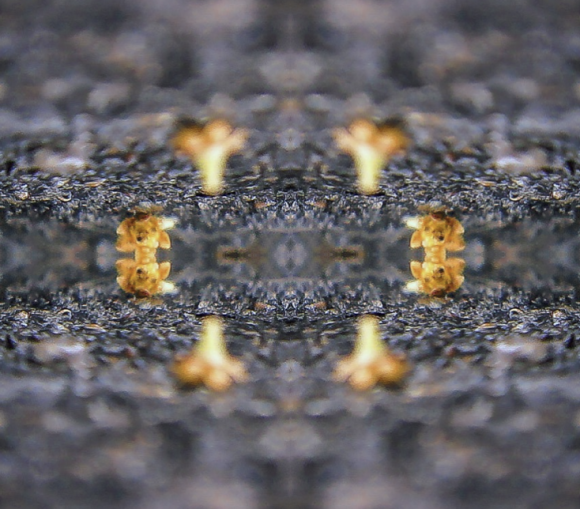A word about this “spiritual mirror” business.
It is called spiritual because in Ficino’s views, the notion of “spirit” is central, and among other things, the spirit acts as a mirror through which the soul can access what the senses take in from the external world. The setup is similar to an old-fashioned camera, with the eye (and the other senses) corresponding to the lens, the psyche (the soul) corresponding to the film, and the spirit to the mirror which takes the light rays that fall in through the lens and directs them onto the film. Of course, there are elaborate Renaissance-physiological explanations as to how exactly this is supposed to work (some of which are quoted in Couliano’s book, and I don’t want to go into them), and most of it is rather familiar from ancient Greek physiology (where what Ficino calls “spirit” is called “pneuma”).

1. So if the spirit is the medium which enables the soul to take up perceptions from the outside world, then what does it mean that “the phantasm has taken possession of the spiritual mirror”? (31)
The phantasm, in the situation we are considering, represents the loved other person, and is roughly the cluster of ideas (perceptions, hopes, memories, …) about that other person, as that cluster has formed in the subject’s psyche. To say that the phantasm has taken possession of the mirror can only mean that the perceptions which the soul would normally see in the mirror are instead manipulated, colored, even distorted by the phantasm. In this way, the subject experiences the entire world (everything they take in through their senses) in the light of their obsession with the phantasm of the beloved.
This resonates with the phenomenology of erotic infatuation as we all know it: the beloved person is present in our mental life even when absent (especially, perhaps, when absent), in all kinds of thoughts, emotions, fantasies, and the like. More than that, the whole world as we experience it gains a fresh new coloring, all interaction with our environment somehow feels energized and meaningful. The fact that this pervasiveness of the loved object stretches beyond our interactions with them to our interactions with others, then, would be explained by the influence of the phantasm over the entire mirror (rather than individual mirror reflections).
2. Still, if the mirror theory of eros can explain the sudden pervasiveness of the loved person in the subject’s psyche, it also sets up a certain distance between the soul and the actual other person. They interface via sense experience and the ‘spirit’ (acting as mirror, from which alone the soul can read), and thus appear rather separated. More than that, the other person seems not to have any real influence on the change of the subject’s mental processes. The dynamic rather originates in the soul, and the other person’s reflections appear to be only the materials out of which it is generated.
What, if not the influence of the object, can have such a strong power over the subject’s soul? Couliano writes (still expounding Ficino), that
the reason [the phantasm] has assumed such obsessional dimensions lies in the deepest part of the individual unconscious. […] We are enamored of an unconscious image.
Ioan P. Couliano, Eros and Magic in the Renaissance, 31.
This, of course, doesn’t explain much, but it points to an important feature of the mirror theory: the dynamic that unfolds is unconscious, and becomes conscious for the subject only in the form of the phantasm. What we’re actually in love with is a part of the unconscious, not an external object, and that’s where the power over the psyche originates.
3. And from this we can see, finally, that the important bit about the “spiritual mirror” is not the “spiritual” bit, but the “mirror” bit. In fact, spirit (the medium that connects intake from the world and the soul which takes it up) drops out of the picture soon, and what carries the mirror metaphor is the soul instead:
“[…] the soul of the lover becomes the mirror in which the image of the loved one is reflected”.
Ibd.
And then the strange thing happens that makes the subject into the object of its own eros.




[…] is reminiscent of the mirror theory of eros (from the neo-Platonist Renaissance), where erotic passion is accounted for in terms of a phantasma […]